Groups of students huddled over game board grids that were covered by what might have been a random assortment of nickels and pennies. Hands blended together as members of each group moved coins around while glancing up to check instructions, making sure they were getting the rules of the game right. The PowerPoint slide, projected on a large screen before them, stipulated the neighbor preferences that families would be likely to have in these simulated, residential communities. The coins represented two ethnic groups and students were examining how segregation could develop and how conflict potentially emerge, in what could be any number of cities across Canada or around the world.
Borrowing the simulation from one of the earliest examples of agent-based modeling, presented by the Nobel prize-winning economist Thomas Schelling, is one of the many ways in which Woodsworth ONE’s first-year program integrates multiple perspectives and research methods into a hands-on approach to learning.
Kuo Hsiang-Yi says, “The lectures in our College One courses are different from all the other courses I currently have. The professor is not simply building our knowledge regarding order and disorder, but giving us opportunity to conduct experiments. Through participating in the experiments and interacting with classmates, the student’s interest in the course is boosted, but also the opportunities of creating your own theory or practicing leadership are given.”
This year’s cohort is enjoying a small class experience, focused on the interdisciplinary theme of “Order & Disorder,” along with field trips, movie screenings, special speaker events and workshops during co-curricular activities outside the class. Since the program is also tied to two co-requisite courses chosen from the fields of History, Sociology, Philosophy and Political Science, students are able to translate the skills they are developing in WoodsworthONE into foundations for academic advancement in the rest of their Faculty of Arts and Science courses. Sara Urbina finds this interface between the program and her larger experience in the University to be one of the best aspects of her participation in Woodsworth ONE. “The tools that I learned in WDW ONE have helped me in all my other courses. From the critical reading tools, to the implementation of theories learned in class to what we see around us, to making use of the facilities available to us at the university,” says Urbina.
Shriya Dangwall has found that what she values most is the mix of opportunities to support academic success. “I would absolutely say that one of the best parts about the WDW ONE program is the immense amount of support provided. From the reading logs, to Writing Centre sessions, to the co-curriculars, and study group sessions, this was one course where there was help at every turn. Not to mention, after a semester of attending all my other classes, it’s safe to say I cherish the fact that because of WDW ONE, I have a professor that recognizes me by name,” says Dangwall. Others echo this response to the close relationships that have developed between students, with senior mentors and the instructor. “WDW ONE has been a sort of home base,” says Urbina. “Personally, I believe it is a family,” says Hsiang-Yi.
When our class experiment was nearing its end, students saw that after many iterations order finally emerged in their simulated residential grid. Yet, many remained thoughtful. They reflected how, in the absence of government regulation or social norms, individual tendencies concerning one’s neighbors created ethnic clusters. These individual choices had unintended group segregation effects that could create friction in their neighborhoods. Yet the effect may also produce tightly knit relationships and social capital. They could have been looking at their own, class-made versions of Little Portugal or Chinatown.

